
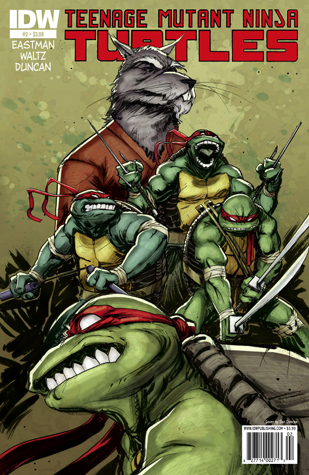
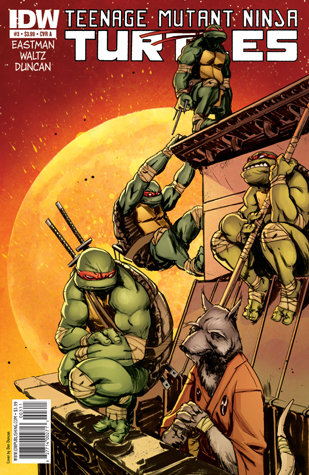
Books in series

Teenage Mutant Ninja Turtles #1
2011

Teenage Mutant Ninja Turtles #2
2014

Teenage Mutant Ninja Turtles #3
2011
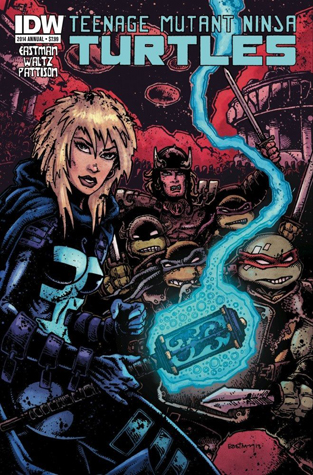
Teenage Mutant Ninja Turtles Annual 2014
2014
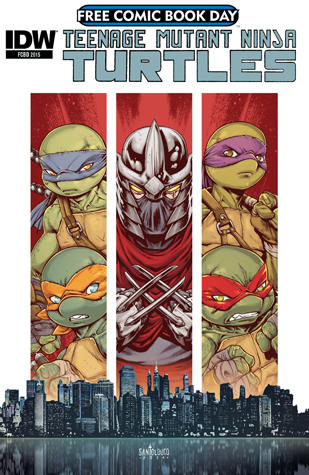
Teenage Mutant Ninja Turtles FCBD 2015
2015

The Teenage Mutant Ninja Turtles
100 Project
2017
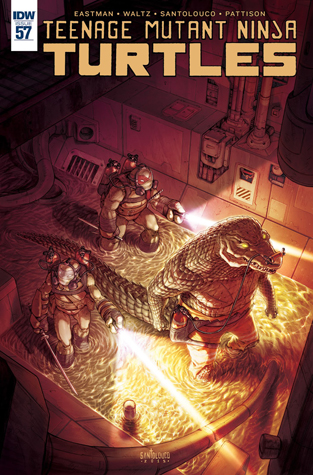
Teenage Mutant Ninja Turtles #57
2016
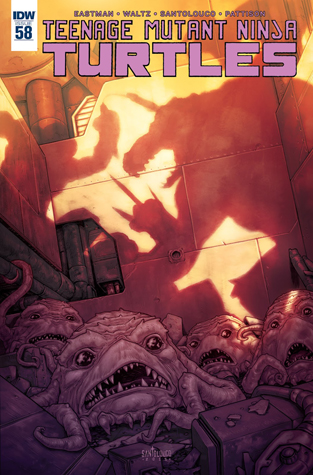
Teenage Mutant Ninja Turtles #58
2016

Teenage Mutant Ninja Turtles #59
2016
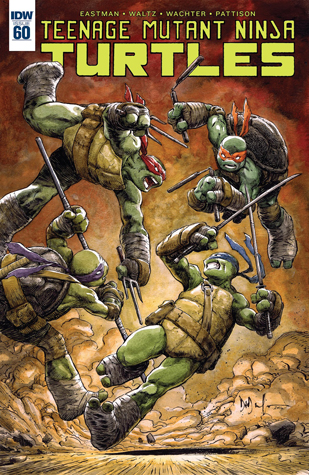
Teenage Mutant Ninja Turtles #60
2016

Teenage Mutant Ninja Turtles #66
2017
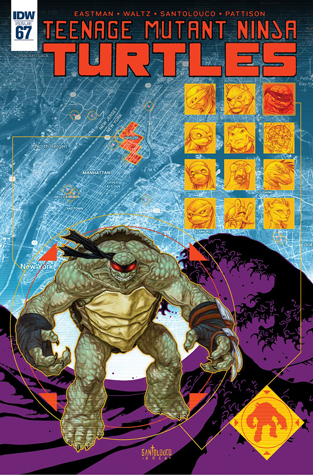
Teenage Mutant Ninja Turtles #67
2017
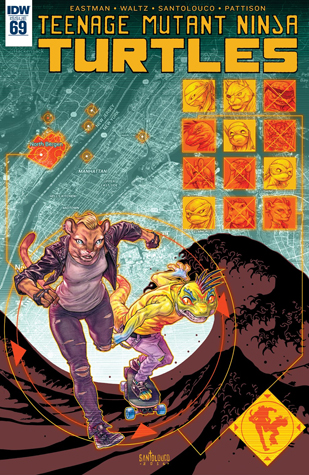
Teenage Mutant Ninja Turtles #69
2017

Teenage Mutant Ninja Turtles Free Comic Book Day 2017
2017
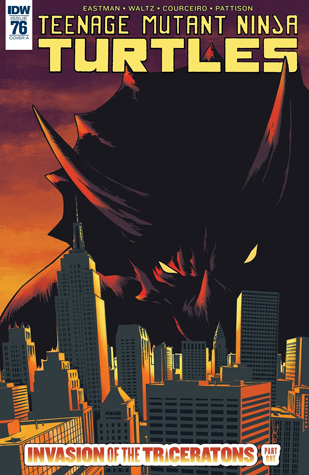
Teenage Mutant Ninja Turtles #76
2017
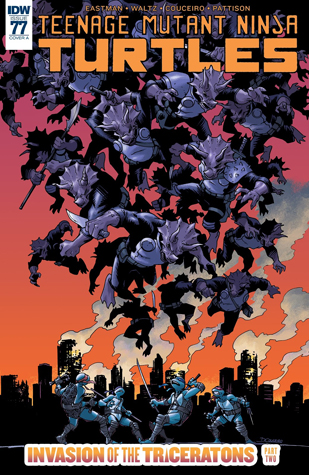
Teenage Mutant Ninja Turtles #77
2017
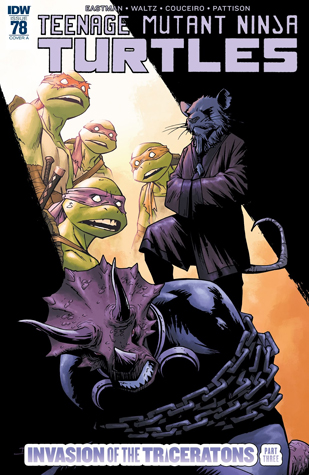
Teenage Mutant Ninja Turtles #78
2018

Teenage Mutant Ninja Turtles #79
2018
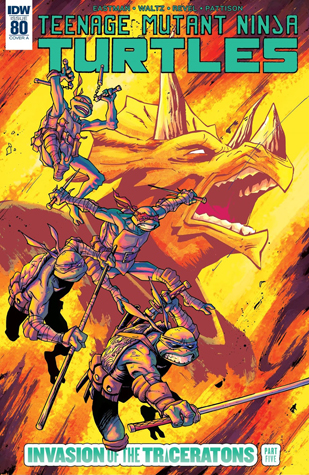
Teenage Mutant Ninja Turtles #80
2018
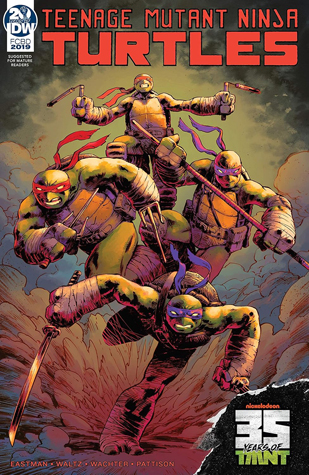
Teenage Mutant Ninja Turtles
Free Comic Book Day 2019
2019
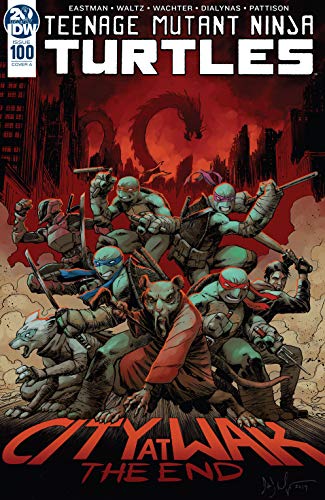
Teenage Mutant Ninja Turtles #100
2019

Teenage Mutant Ninja Turtles Annual 2020
2020

Teenage Mutant Ninja Turtles #108
2020

Teenage Mutant Ninja Turtles #112
2020

Teenage Mutant Ninja Turtles #118
2021
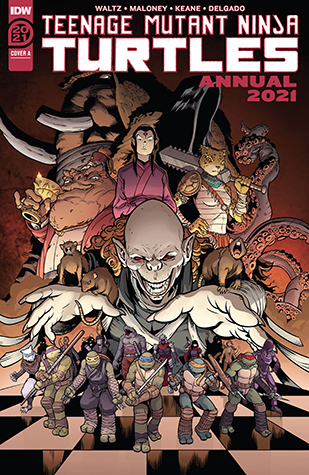
Teenage Mutant Ninja Turtles Annual 2021
2021
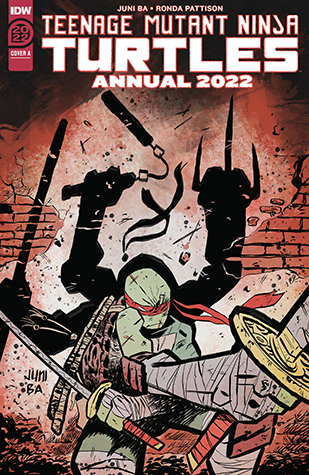
Teenage Mutant Ninja Turtles Annual 2022
2022

Teenage Mutant Ninja Turtles #128
2022

Teenage Mutant Ninja Turtles FCBD 2022
The Armageddon Game
2022
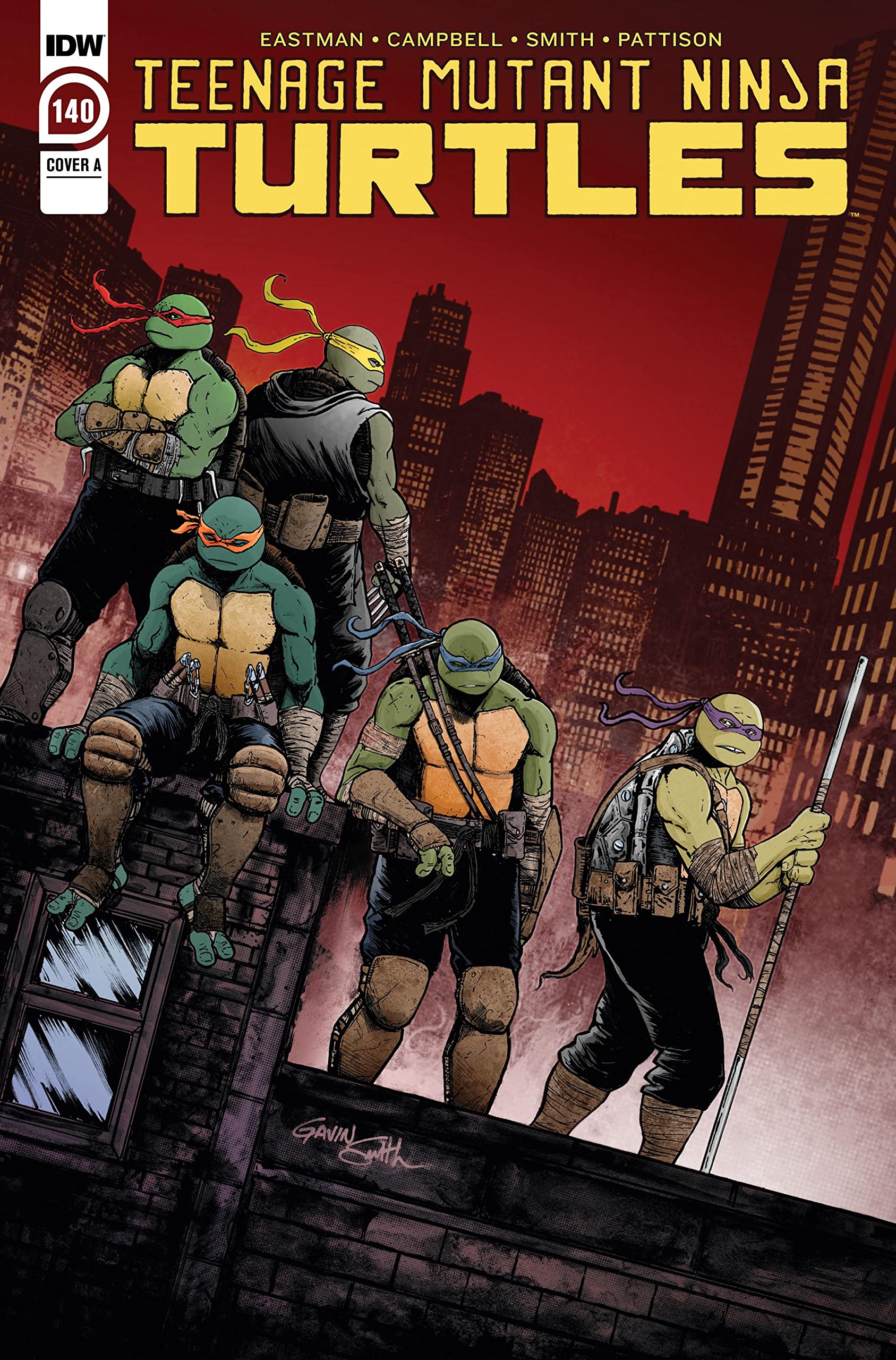
Teenage Mutant Ninja Turtles #140
2023

Teenage Mutant Ninja Turtles #141
2023
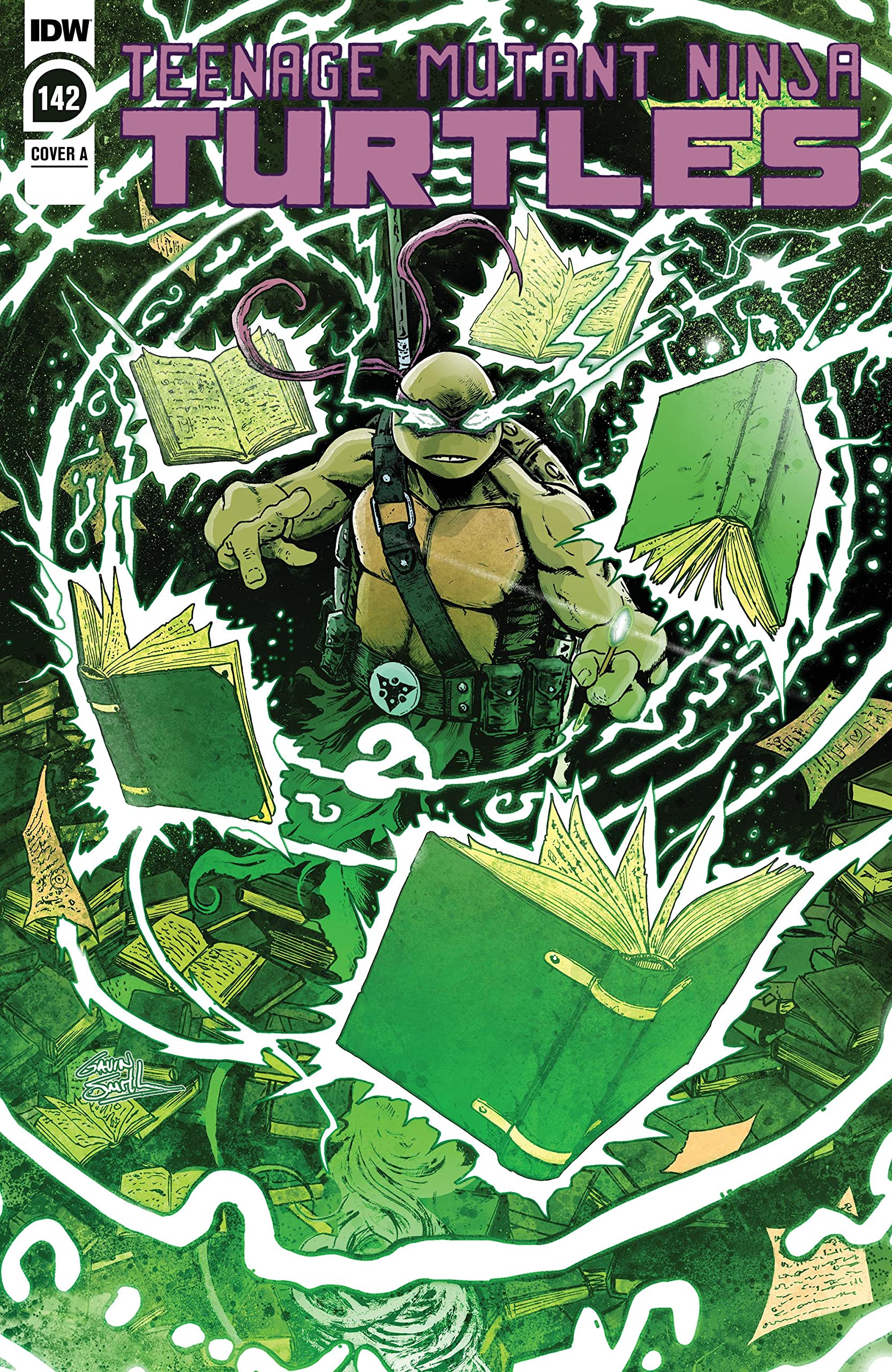
Teenage Mutant Ninja Turtles #142
2023
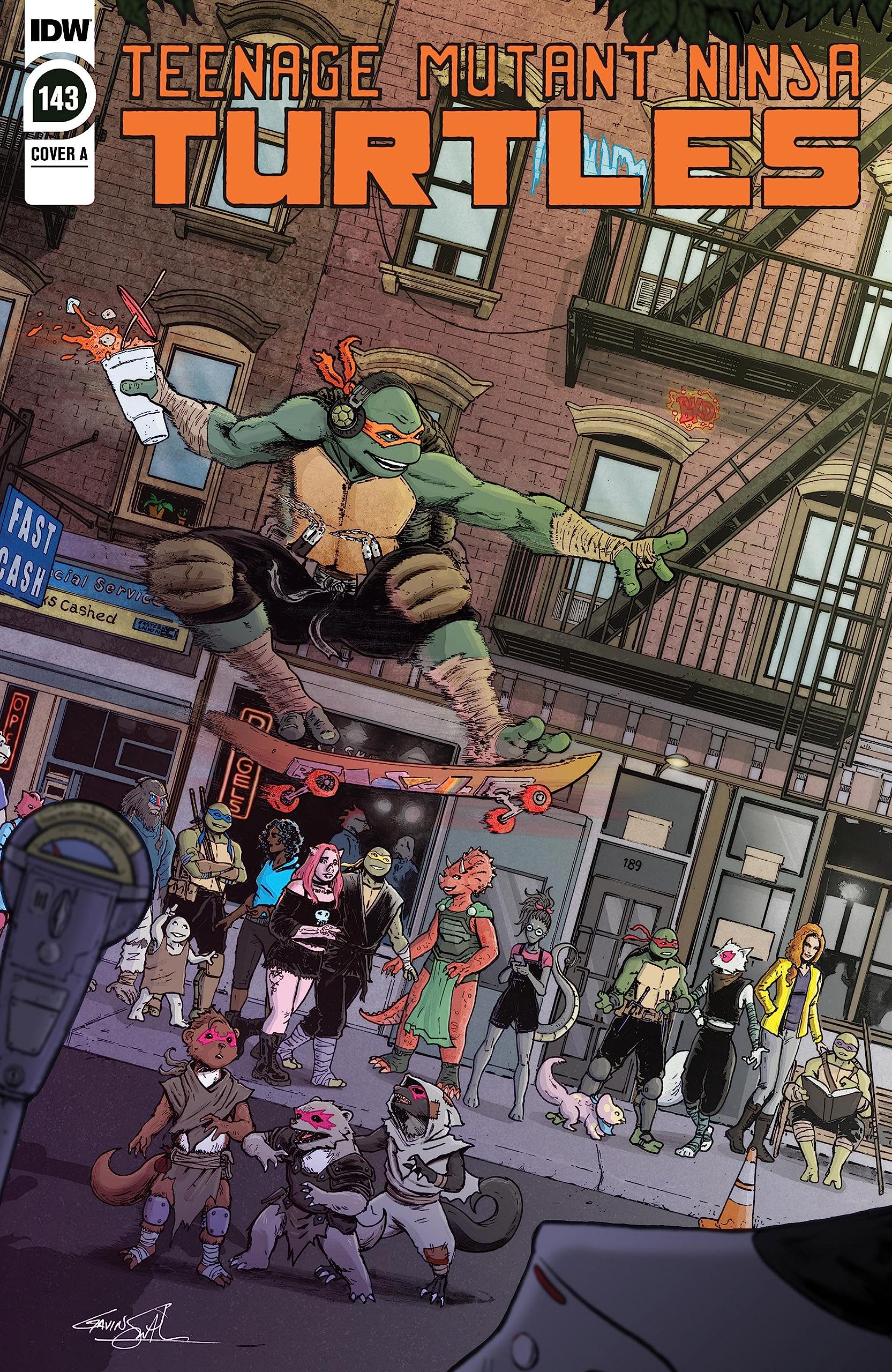
Teenage Mutant Ninja Turtles #143
2023
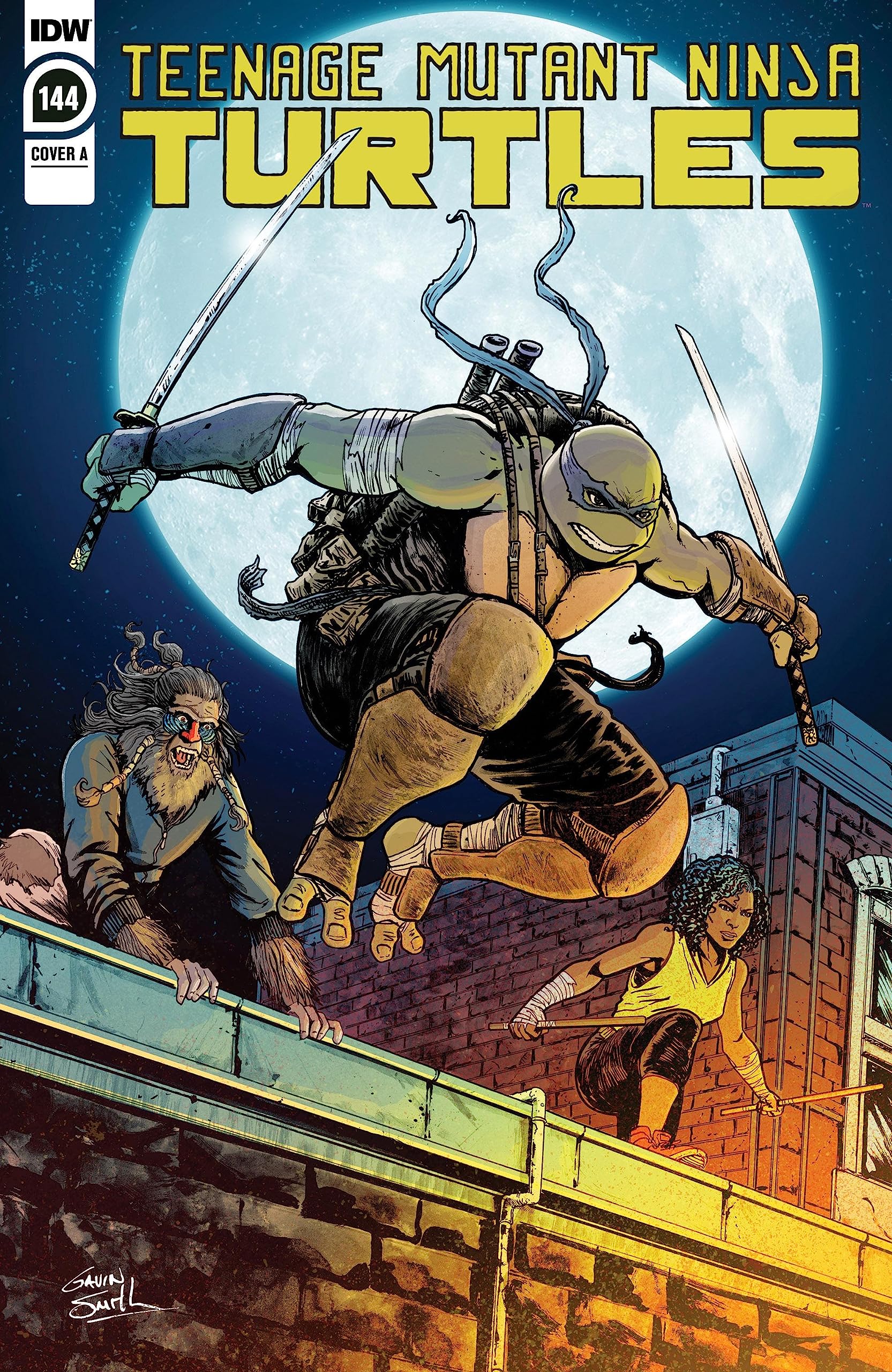
Teenage Mutant Ninja Turtles #144
2023
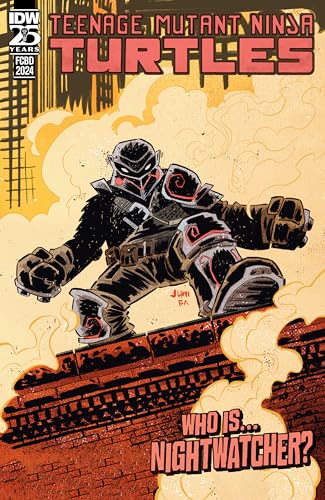
Teenage Mutant Ninja Turtles FCBD 2024
2024
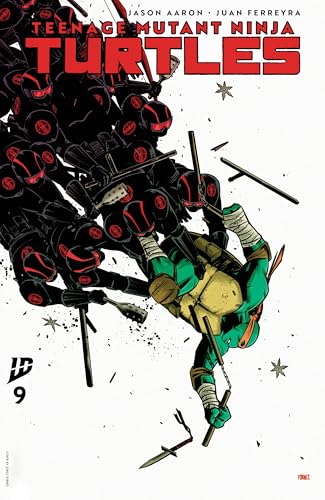
Teenage Mutant Ninja Turtles (2024-) #9
2025
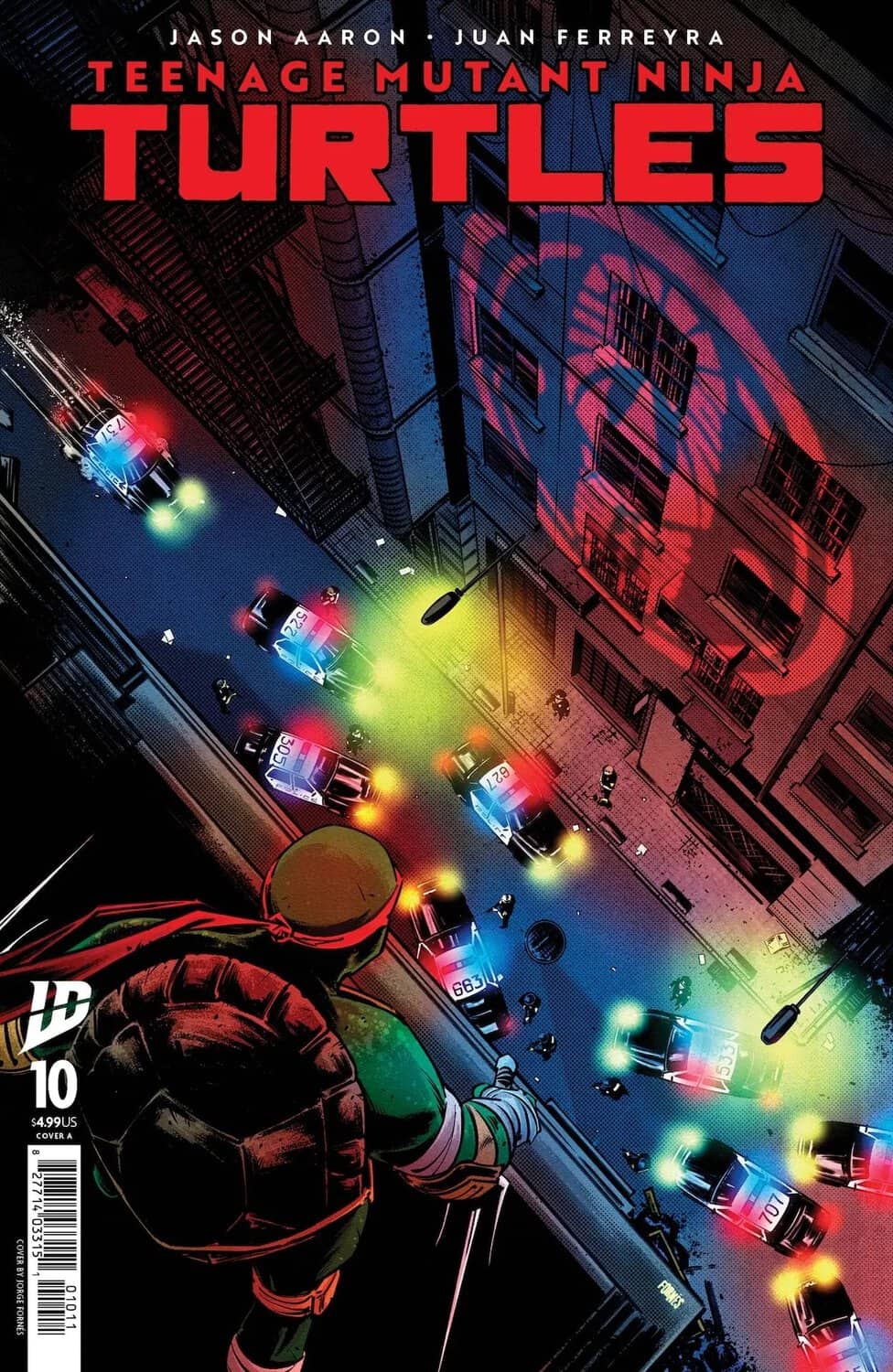
Teenage Mutant Ninja Turtles (2024-) #10
2025
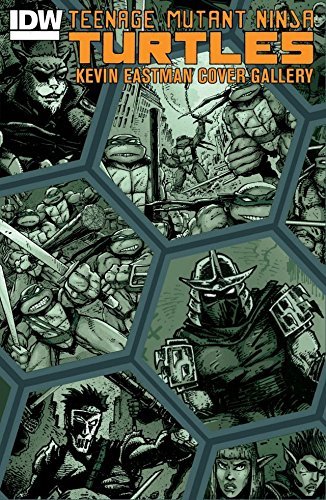
Teenage Mutant Ninja Turtles
Kevin Eastman Cover Gallery
2014
Authors



Jason Aaron grew up in a small town in Alabama. His cousin, Gustav Hasford, who wrote the semi-autobiographical novel The Short-Timers, on which the feature film Full Metal Jacket was based, was a large influence on Aaron. Aaron decided he wanted to write comics as a child, and though his father was skeptical when Aaron informed him of this aspiration, his mother took Aaron to drug stores, where he would purchase books from spinner racks, some of which he still owns today. Aaron's career in comics began in 2001 when he won a Marvel Comics talent search contest with an eight-page Wolverine back-up story script. The story, which was published in Wolverine #175 (June 2002), gave him the opportunity to pitch subsequent ideas to editors. In 2006, Aaron made a blind submission to DC/Vertigo, who published his first major work, the Vietnam War story The Other Side which was nominated for an Eisner Award for Best Miniseries, and which Aaron regards as the "second time" he broke into the industry. Following this, Vertigo asked him to pitch other ideas, which led to the series Scalped, a creator-owned series set on the fictional Prairie Rose Indian Reservation and published by DC/Vertigo. In 2007, Aaron wrote Ripclaw: Pilot Season for Top Cow Productions. Later that year, Marvel editor Axel Alonso, who was impressed by The Other Side and Scalped, hired Aaron to write issues of Wolverine, Black Panther and eventually, an extended run on Ghost Rider that began in April 2008. His continued work on Black Panther also included a tie-in to the company-wide crossover storyline along with a "Secret Invasion" with David Lapham in 2009. In January 2008, he signed an exclusive contract with Marvel, though it would not affect his work on Scalped. Later that July, he wrote the Penguin issue of The Joker's Asylum. After a 4-issue stint on Wolverine in 2007, Aaron returned to the character with the ongoing series Wolverine: Weapon X, launched to coincide with the feature film X-Men Origins: Wolverine. Aaron commented, "With Wolverine: Weapon X we'll be trying to mix things up like that from arc to arc, so the first arc is a typical sort of black ops story but the second arc will jump right into the middle of a completely different genre," In 2010, the series was relaunched once again as simply Wolverine. He followed this with his current run on Thor: God of Thunder.
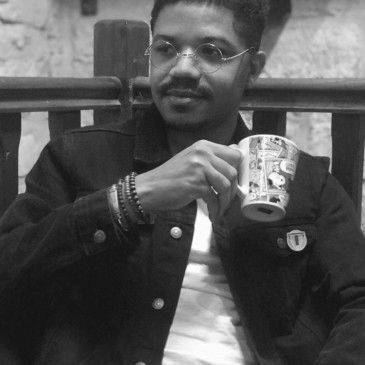

Stan Sakai (Japanese: 坂井 スタンSakai Sutan; born May 25, 1953) is an artist who became known as an Eisner Award-winning comic book originator. Born in Kyoto, Sakai grew up in Hawaii and studied fine arts at the University of Hawaii. He later attended the Art Center College of Design in Pasadena, California. He and his wife, Sharon, presently reside and work in Pasadena. He began his career by lettering comic books (notably Groo the Wanderer by Sergio Aragonés and Mark Evanier) and became famous with the production of Usagi Yojimbo, the epic saga of Miyamoto Usagi, a samurai rabbit living in late-sixteenth and early-seventeenth-century Japan. First published in 1984, the comic continues to this day, with Sakai as the lone author and nearly-sole artist (Tom Luth serves as the main colorist on the series, and Sergio Aragonés has made two small contributions to the series: the story "Broken Ritual" is based on an idea by Aragonés, and he served as a guest inker for the black and white version of the story "Return to Adachi Plain" that is featured in the Volume 11 trade paper-back edition of Usagi Yojimbo). He also made a futuristic spin-off series Space Usagi. His favorite movie is Satomi Hakkenden (1959).
